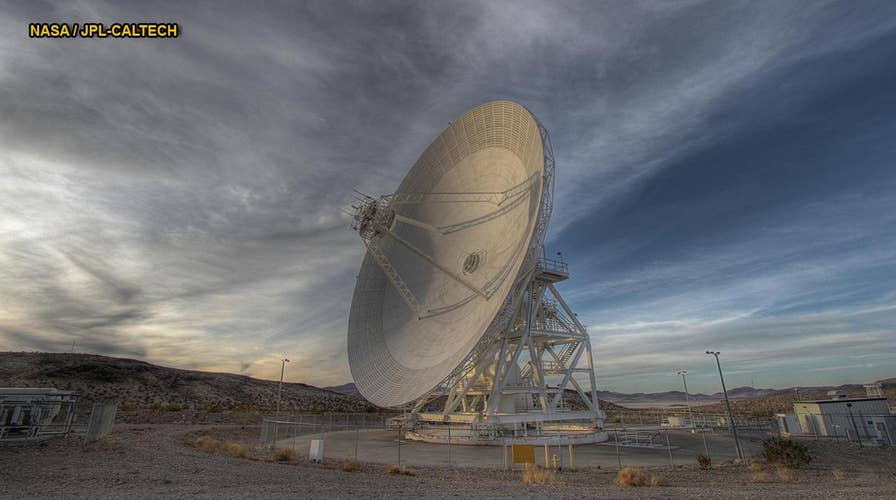NASA is scrambling to save its Opportunity rover after fears emerge it may have 'died'
NASA's Mars Opportunity rover, which has not communicated with the government space agency since last June when it got swept up in a dust storm that covered the planet, is feared dead. However, NASA isn't giving up hope and is doing anything it can to salvage the craft, including sending new commands and pinging it with a 'sweep and beep' in hopes of getting a response.
NASA's Mars Opportunity rover, which has not communicated with the government space agency since last June when it got swept up in a dust storm that covered the planet, is feared dead. However, NASA isn't giving up hope and is doing anything it can to salvage the craft, including sending new commands and pinging it with a "sweep and beep" in hopes of getting a response.
On Jan. 25, NASA's Jet Propulsion Laboratory (JPL) said that it has been sending new commands to the $400 million rover in an attempt to get it to contact Earth. The new orders, which are slated to hit the rover over the next several weeks, are in effect a last-ditch effort designed to "address low-likelihood events" that could prevent Opportunity from talking to Earth.
"We have and will continue to use multiple techniques in our attempts to contact the rover," said John Callas, project manager for Opportunity at JPL in a statement. "These new command strategies are in addition to the 'sweep and beep' commands we have been transmitting up to the rover since September."
CURIOSITY ROVER SPOTS 'SHINY' OBJECT ON MARS AND NASA ISN'T SURE WHAT IT IS
The new strategies include addressing three scenarios, NASA said in the statement: 1. the primary X-band radio has failed 2. Its primary and secondary X-band radios have failed 3. Its internal clock is offset.
In the event one of these scenarios, which NASA deemed "unlikely," is the reason Opportunity has not communicated with Earth, the space agency would send a command to switch to its backup X-band radio or try and reset its clock and respond via UHF.
Callas added that JPL has attempted to contact Opportunity more than 600 times over the past seven months and the probability it will ever hear from the rover again is decreasing, but there is still hope, saying "we plan to continue to pursue every logical solution that could put us back in touch."
Time is critical, as the Red Planet is slated to go into southern winter, which will see extremely low temperatures that could cause "irreparable harm to an unpowered rover's batteries, internal wiring and/or computer systems," NASA said.
In August, NASA admitted that the Opportunity could be lost "forever."
NASA PICKS LANDING SPOT FOR MARS 2020 ROVER IN HUNT FOR ALIEN LIFE
Opportunity's history
The Opportunity rover, which was initially meant to only be on the Red Planet for a 90-day mission, has made several groundbreaking discoveries throughout its now roughly 15-year trip, initially leaving Earth on July 7, 2003.
So far, it has detected signs of water, explored the insides of two craters and completed a marathon — the first vehicle to do so on another planet.
But Opportunity's journey hasn't always been a smooth one.
In 2005, the rover lost the use of one of its front wheels and got stuck in a thick pile of sand for about five weeks, according to Space.com. When it finally managed to move, it ran into a sand dune. In 2007, a dust storm hit and reportedly cut the spacecraft's power to "dangerously low levels." A month later, it turned back on and began exploring the Victoria Crater.
Cornell University professor Steven Squyres, the mission's principal investigator, told The New York Times, that if the rover is indeed dead, it would be an "honorable death."
The rover last communicated with NASA on June 10, 2018, prior to the planet-wide dust storm.
CLICK HERE TO GET THE FOX NEWS APP
Fox News' Samuel Chamberlain contributed to this report. Follow Chris Ciaccia on Twitter @Chris_Ciaccia

